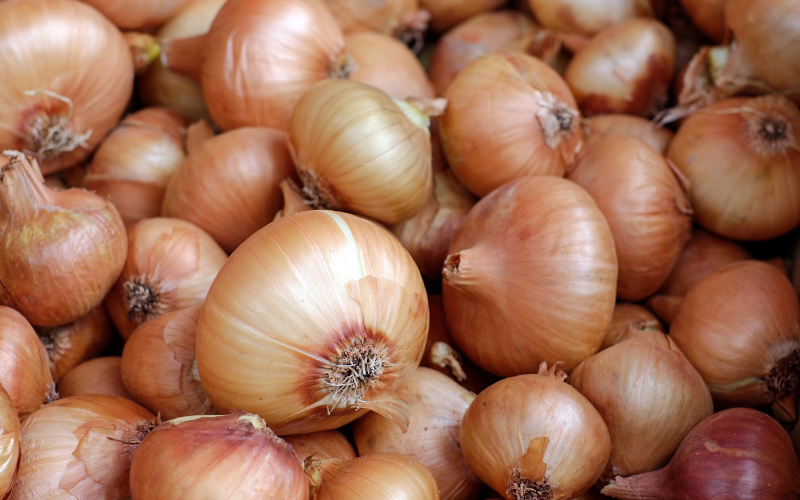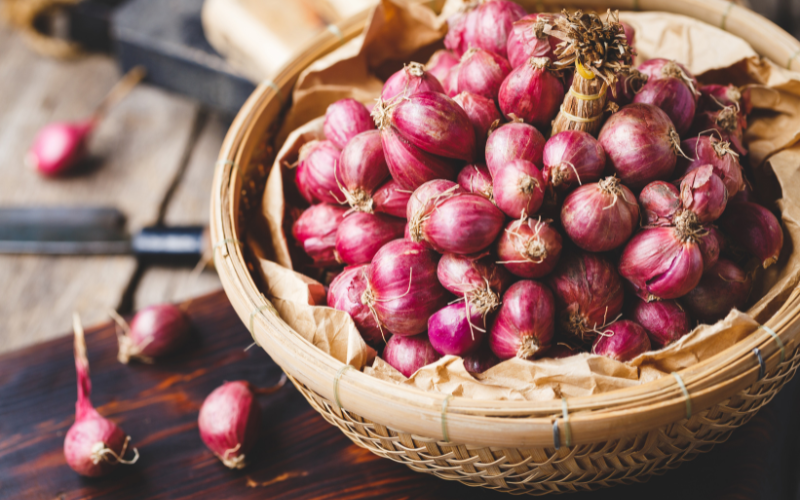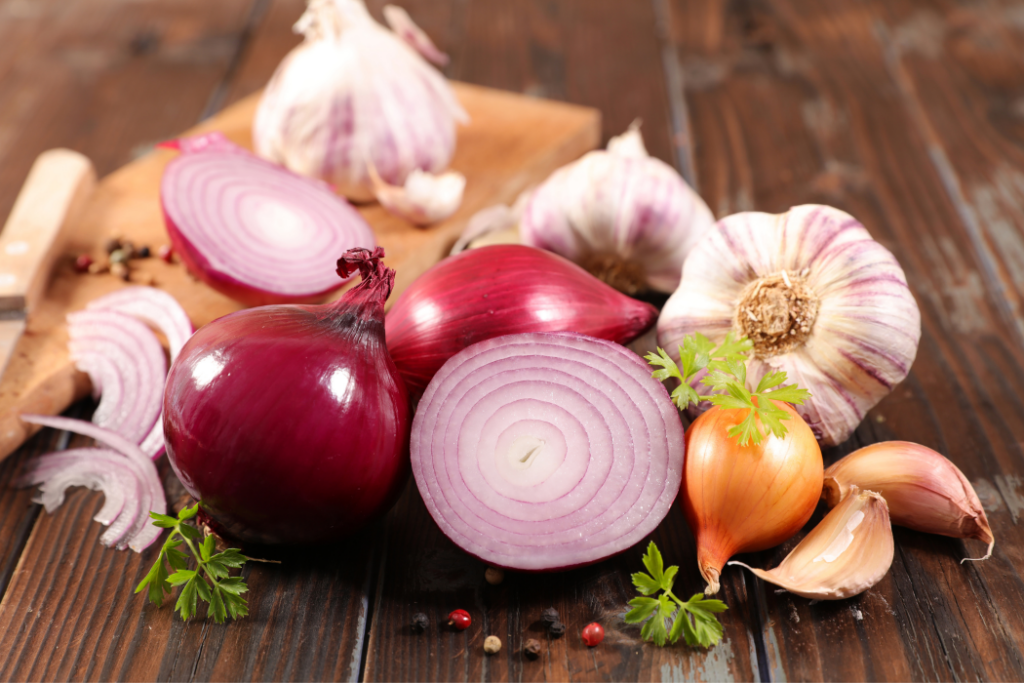Enhancing Taste and Texture: The Versatility of Onion Ingredients
Onions are a staple ingredient in many cuisines, adding flavor and texture to a wide range of dishes. In food manufacturing, they’re often used in a variety of forms to add flavor, texture, and nutritional benefits to products. Here are the most common types of onion ingredients used in food manufacturing:
CHOPPED ONIONS
Chopped onions are popularly used in a variety of food manufacturing applications, including soups, stews, sauces, and ready meals. They are typically made by chopping fresh onions into small pieces and then either freezing or dehydrating them. Frozen chopped are convenient and easy to use. Meanwhile, dehydrated chopped have a longer shelf life and are ideal for dry products like snack mixes and seasonings.
MINCED ONIONS
Minced is similar to chopped, but the pieces are smaller and more uniform in size. Hence, they’re ideal for use in products where consistent texture and flavor are important, such as sausage, burgers, and meatballs. Similarly, minced can be frozen or dehydrated depending on the desired shelf life and convenience.
Granulated onions
Granulation is done by dehydrating and then grinding fresh onions into a fine powder. Convenient and easy-to-use, this ingredient adds flavor to a wide range of products, including spice blends, seasoning mixes, and marinades. Granulation has a longer shelf life and is less prone to clumping than powder, making it popular for food manufacturers.
powdered onions
The powder is made by dehydrating and then grinding fresh onions into a fine powder. A versatile ingredient, it can be used in a wide range of products, including soups, sauces, and seasoning blends. Furthermore, it has a stronger flavor than granulated and is more prone to clumping. So, it is important to choose a high-quality product that has been properly processed.
fried onions
Frying is a popular form used in a variety of products, including snack foods, toppings, and coatings. They are made by slicing fresh onions and then frying them until they are crispy and golden brown. In addition, they add a crunchy texture and savory flavor to products and are often used as a topping for burgers, salads, and other dishes.


There's Layers to the Ingredient!
When choosing onion ingredients for food manufacturing, it is important to consider factors like flavor, texture, nutritional profile, and allergen concerns. Fresh are a good source of vitamins and minerals, including vitamin C and potassium, but they can be difficult to work with due to their short shelf life and the labor required to chop or mince them. Dehydrated and frozen ingredients offer convenience and a longer shelf life, but may have a different texture or flavor profile than fresh onions. Additionally, it is important to be aware of allergen concerns, as onions are a common allergen and can cause reactions in some individuals.
Beyond the Layers
In conclusion, onion ingredients are a versatile and popular choice for food manufacturers looking to add flavor and nutritional benefits to their products. From chopped to granulated, powdered, and fried, there are a variety of options available to suit different needs and applications. By considering factors like texture, flavor, and allergen concerns, food manufacturers can choose the best onion ingredients for their products and create delicious and nutritious foods that meet the needs of consumers. Contact us to learn more about our ingredient offerings!
